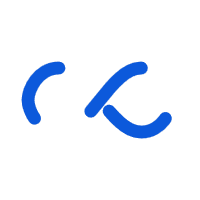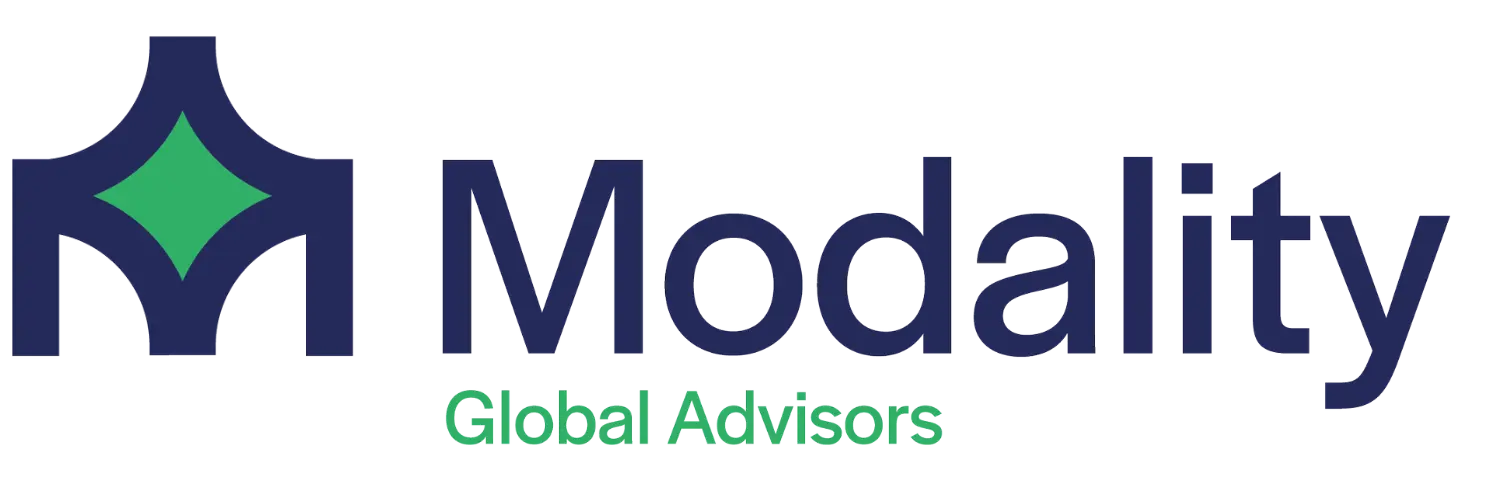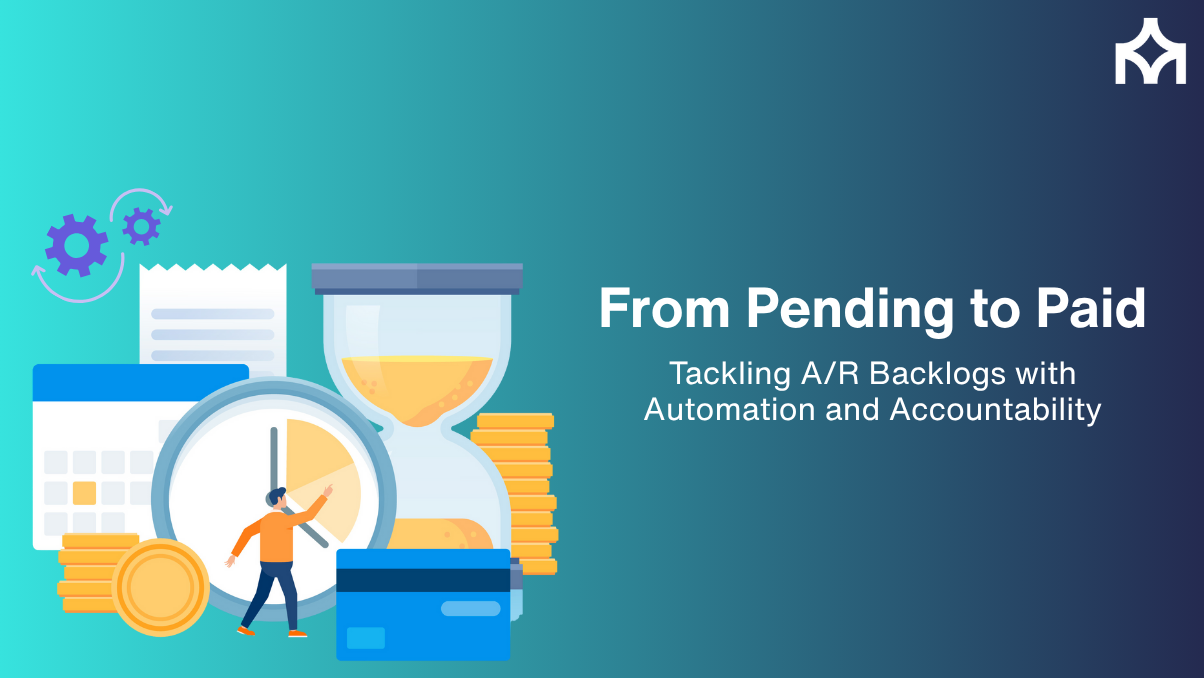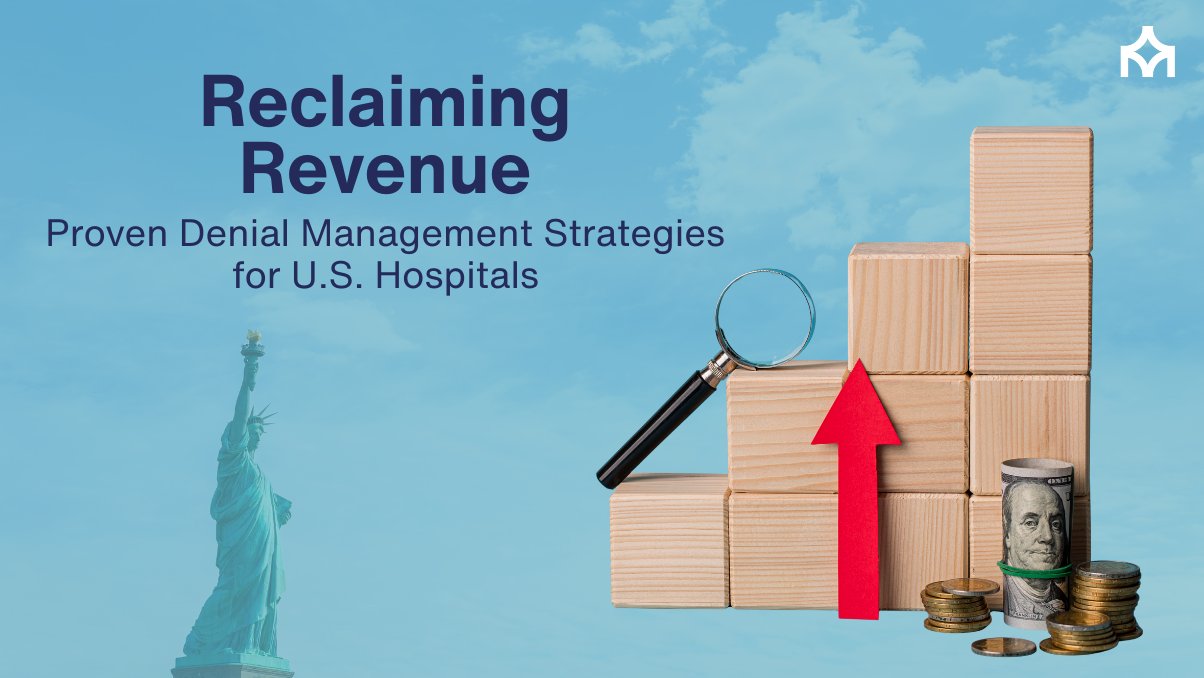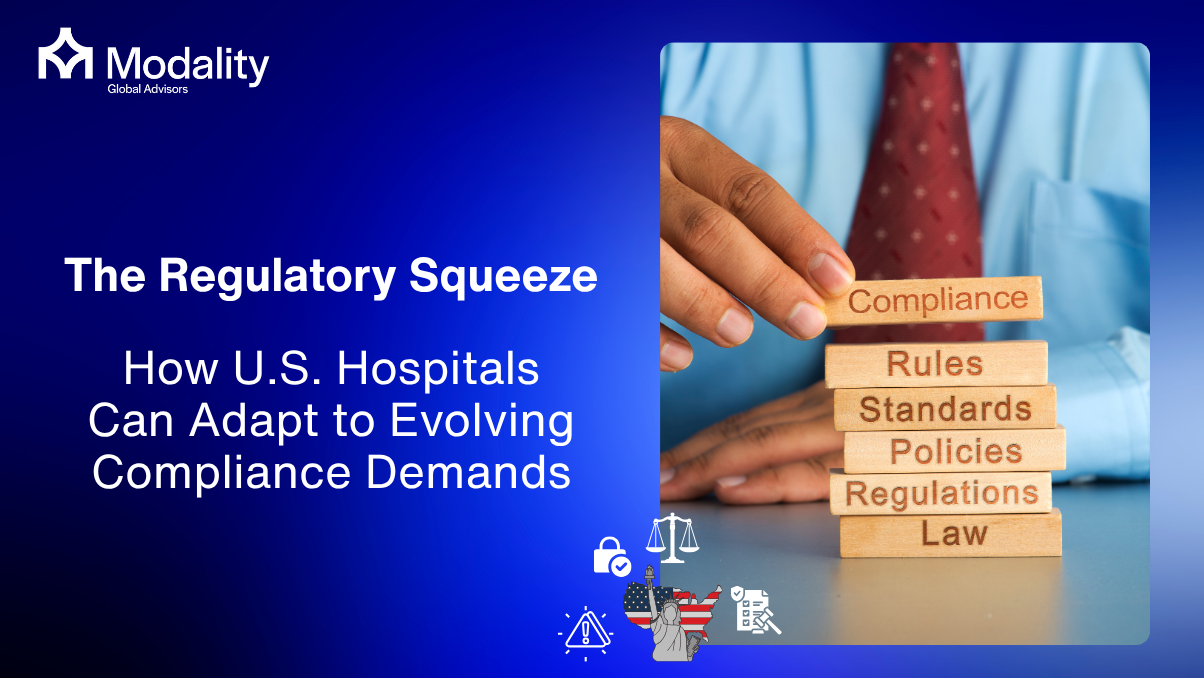From Pending to Paid: Tackling A/R Backlogs with Automation and Accountability
From Pending to Paid: Tackling A/R Backlogs with Automation and Accountability
Aging accounts receivable (A/R) is one of the most critical financial threats facing U.S. hospitals today. According to Kaufman Hall (2024), more than one-third of hospitals now carry over 60 days of A/R, with many operating under increasing cash strain due to delayed reimbursements, payer disputes, and manual revenue cycle inefficiencies. At the same time, payer denial rates have surged by nearly 20% since 2020, making it even harder for hospitals to convert billed claims into collected revenue (Change Healthcare Denials Index, 2023).
What was once considered a back-office issue is now a strategic risk impacting staffing budgets, capital projects, and even care delivery. To regain financial stability, hospitals must move beyond episodic clean-up efforts and build systematic, technology-enabled A/R recovery strategies.
Why A/R Backlogs Are Growing, And Why Manual Fixes Fall Short
Hospitals often struggle with rising A/R due to:
- Delayed payer responses and stalled appeals
- High volumes of low-value claims left unresolved due to staffing shortages
- Lack of real-time visibility into claim status and aging trends
- Reactive follow-up workflows instead of prioritized intervention models
Traditional manual A/R recovery approaches such as temporary outsourcing or bulk write-off campaigns may provide short-term relief but fail to prevent revenue leakage from recurring.
Automation: Turning A/R From Guesswork to Precision
Leading health systems are leveraging automation and analytics to transform aging receivables from a backlog into a manageable, measurable process.
Key Tactics That Work:
- Automated Claim Stratification
Machine learning tools can segment A/R by payer behavior, denial type, and payment probability helping teams prioritize high-value recoverable claims rather than spreading effort thin across low-yield accounts. - AI-Driven Follow-Up Queues
Automation platforms trigger payer-specific escalation workflows and track responsiveness, reducing wasted staff effort on unproductive calls or duplicate outreach. - Real-Time A/R Dashboards
Automated visibility into A/R aging by payer, region, service line, or coding team turns intuition into hard performance metrics.
The Medical Group Management Association (MGMA) reports that automation can reduce A/R days by up to 15% when paired with targeted follow-up protocols.
Making A/R Ownership Clear
Technology alone is not enough. Hospitals with the strongest A/R recovery frameworks embed clear accountability at every step:
- Defined ownership for each segment of A/R (e.g., >90 days, specific payer groups)
- Scorecards and KPIs tied to performance incentives
- Weekly A/R huddles across RCM, coding, and clinical documentation teams
Conclusion: A/R Recovery Is Now a Strategic Imperative
Payers are becoming more aggressive, margins are tighter than ever, and cash trapped in A/R is no longer just a financial inconvenience but it’s a threat to operational resilience.
Hospitals that embrace automation-driven insight and accountability-driven execution are not just speeding up collections; they're building financial predictability and long-term control.
Modality Global Advisors partners with health systems to analyze aging A/R, implement automation frameworks, and build accountability models that convert waiting revenue into working capital.
Because in today’s environment, cash flow is not just managed, it’s engineered.
Sources
- Kaufman Hall Hospital Financial Performance Report (2024)
- Change Healthcare Denials Index (2023)
- MGMA Revenue Cycle Benchmark Report (2023)
- HFMA Industry Survey on Automation and A/R Reduction (2024)
